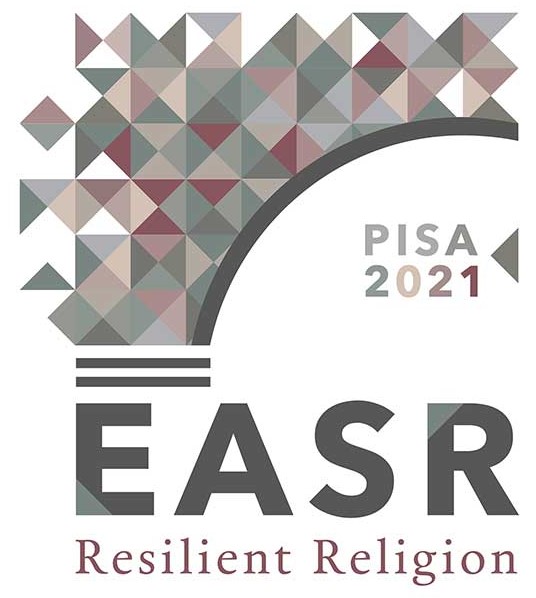Building resilience by peacemakers professing Muslim and Christian religion in the times of civil war in Lebanon (1975-1990)
In the early period of the Civil War in Lebanon, four academics came together to establish a series of lectures dedicated to the community of Muslim and Christian students, building an educational pattern. Accordingly, the team was formed by Prof. Youssef Ibish, professor at the American University in Beirut, and Prof. Hisham Naschabé, an Islamologist at the same university, Prof. André Scrima, theologian, and spiritual father of the Greek-orthodox monastery in Deir-el-Harf, and Augustin Dupré la Tour S.J., professor at Saint Joseph University, Beirut. As far as the phenomenological approach is concerned, Fr. André Scrima for example, will speak at length to his students about the revealed word: the original function of the revealed word consists precisely in a concomitance: both to pronounce itself and to create itself. Scrima warns, however, that performative language is also possible to man as he names a thing, being a distant echo of an original word perceived as such always because of an intuition of the revealed word.
Our section proposes a methodological discourse related to the various possibilities of building resilience by peacemakers professing Muslim and Christian religion in the times of civil war in Lebanon. First, we propose a discussion around the elements that build resilience at the personal level: is being religious also reflected in the inner state of the soul in times of a pressure or trauma caused in times of war? How? What are the religious elements that ground self-confidence in extreme, wartime conditions? In addition, the support of a religious community (or communities) could prove to be just as much an element of cohesion and strong optimism and not just community pressure or risk. Our section also reserves the task of emphasizing the role of religious education within the university classrooms in Beirut, especially at Saint Joseph University, during the war years, accentuating the role of the various professors belonging to the Christian and Muslim communities, peacemakers in the process of pacification of the young multi-ethnic population of various religions during the time of civil war. Does the comparative approach of the history of religions, the phenomenology or the philosophy of religions form the basis of a rhetoric or a hermeneutic that brings together Islam and Christianity, according to the principle of unity in diversity, in order to avoid conflicts generated by the dogmatic framework of each of these religions? How to understand the religious phenomena not justifying from the religious point of view the massacres of the populations in Beirut during the civil war? What are the strong points to build inter-religious dialogue and how to sustain religious pluralism within an ethnically and religiously heterogeneous community? Do they represent a basis for community resilience in Lebanon? How can we relate to the inter-religious dialogue in the Middle East, after the Second Vatican Council, considering that the mediators of peace in Beirut also profess the Catholic confession and not only the Christian Orthodox one? These are the issues we wish to address in our section.
Daniela Dumbrava: daniela.dumbrava@gmail.com
